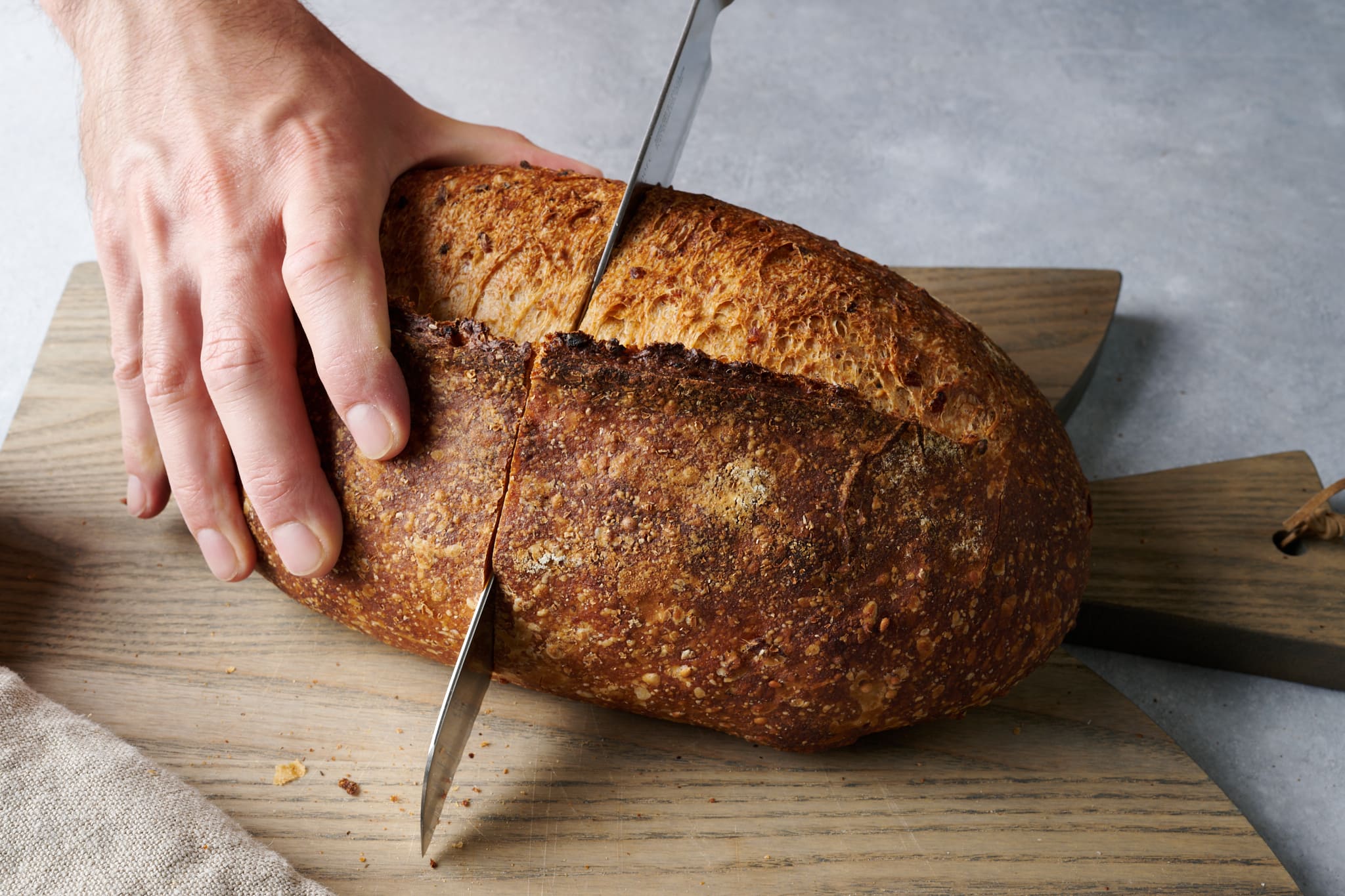How to Heal a Knife Cut on Thumb: A Barbecue Enthusiast's Guide
Written By James Morgan
As a dedicated barbecue enthusiast, you know that accidents can happen in the kitchen. One of the most common mishaps is a knife cut on the thumb. In this comprehensive guide, we'll walk you through the steps on how to heal knife cut on thumb effectively. Whether you're new to barbecuing or a seasoned pro, knowing how to handle a knife cut is crucial for your safety and continued enjoyment of this beloved culinary pastime.

Immediate First Aid for a Knife Cut
When it comes to injuries in the kitchen, quick and efficient first aid is essential. Here's what you need to do right away if you find yourself with a knife cut on your thumb:
Step 1: Clean the Wound
The first step in treating a knife cut is to clean the wound thoroughly. Use mild soap and water to rinse away any dirt or debris. Be gentle, as scrubbing can cause further damage. This step is crucial to prevent infection.
Step 2: Apply Pressure
Next, apply gentle pressure to stop the bleeding. Use a clean cloth or bandage to press down on the cut. Keep the pressure steady until the bleeding subsides. If the cut is deep and the bleeding doesn't stop, seek medical attention immediately.
Step 3: Disinfect the Wound
After the bleeding has stopped, apply an antiseptic solution like hydrogen peroxide or rubbing alcohol to disinfect the wound. This helps to kill any remaining bacteria and reduces the risk of infection.
Step 4: Bandage the Cut
Once the wound is clean and disinfected, cover it with a sterile bandage or gauze. Change the bandage regularly, especially if it becomes wet or dirty, to promote healing and prevent infection.

Proper Aftercare for a Knife Cut
After providing immediate first aid, proper aftercare is essential for a quick and effective recovery. Follow these steps to ensure your thumb heals properly:
Keep the Wound Clean
It's important to keep the wound clean and dry during the healing process. Avoid exposing it to dirt and water, and change the bandage as needed. If you notice signs of infection, such as increased redness, swelling, or pus, seek medical attention promptly.
Use Antibiotic Ointment
To further prevent infection and promote healing, apply antibiotic ointment to the wound before bandaging it. This helps to keep the area moist and free from harmful bacteria.
Avoid Using the Injured Thumb
While it's tempting to continue with your barbecue activities, it's important to give your injured thumb a break. Avoid using it for tasks that require dexterity to prevent further injury and allow the cut to heal properly.
Stay Hydrated and Eat Well
Proper nutrition and hydration play a significant role in the healing process. Drink plenty of water and eat a balanced diet rich in vitamins and minerals to support your body's natural healing mechanisms.

When to Seek Medical Attention
While most knife cuts can be treated at home, there are certain situations where medical attention is necessary. Seek professional help if:
- The cut is deep and won't stop bleeding
- You can't clean the wound properly
- You notice signs of infection
- The wound doesn't heal within a week
Don't take any risks with your health. When in doubt, it's always better to consult a healthcare professional.

Preventing Knife Cuts in the Future
Prevention is the best cure. Here are some tips to avoid knife cuts in the kitchen:
Use a Sharp Knife
A dull knife is more likely to slip and cause injuries. Invest in a good quality knife and keep it sharp to reduce the risk of accidents. Learn more about knife safety here.
Pay Attention
Distracted cutting is a recipe for disaster. Focus on your task and avoid multitasking while using a knife. If you need to attend to other things, put the knife down first.
Use Proper Cutting Techniques
Learn and practice proper cutting techniques to minimize the risk of injury. For example, use a claw grip to protect your fingers and always cut away from your body. Check out this article for more tips.
Additional Resources
For more information on knife safety and first aid, check out these articles:
- How to Cut a Tomato Without a Knife
- How to Cut a Cake Without a Knife
- How to Cut a Lemon Without a Knife
FAQ
1. How long does it take for a knife cut on the thumb to heal?
Most minor knife cuts heal within a week, but deeper cuts may take longer. Proper care and hygiene are crucial for a speedy recovery.
2. What are the signs of infection in a knife cut?
Signs of infection include increased redness, swelling, warmth, and pus. If you notice any of these symptoms, seek medical attention immediately.
3. Can I continue barbecuing with a knife cut on my thumb?
It's best to give your injured thumb a rest to prevent further injury. Avoid tasks that require dexterity and keep the wound clean and protected.
As an Amazon Associate, I earn from qualifying purchases.



